Today will be a Royal day. We are going to visit the Hapsburg Empire starting with the Imperial Palace. To get there you walk through a grand entry facade from Michaelsplatz with four giant Hercules statues making you feel small. We pay and enter the palace and are provided with included audioguides.
The first part of the tour takes you through the Imperial Silver Collection. This is not what it sounds like. It is a series of displays of the Hapsburg dining service, silverware, centerpieces, and glassware. The Hapsburg dynasty started in the 13th century and grew until it’s end in 1913. The sets here span many eras of Hapsburgs. They are not only beautiful but mind boggling in the amount of sets and services that they had and accumulated. One centerpiece with elaborate candle holders, porcelain, and plates extends for over 90 feet. Another table setting has enough silverware, plates, etc. to serve 140 people. Everything is the finest available in its day. It is really amazing and astonishing to see.
From the silver collection, we cross over into the Sisi Museum.
This museum is dedicated to Empress Elisabeth who was married to the very famous Emperor Franz Josef. Empress Elisabeth was commonly known as Sisi. She was married to Franz Josef at the age of 16. The museum tells of her slightly abnormal Royal life. She did not conform to the traditional court ceremony and often did not attend official functions or dinners. She was obsessed with beauty and being slim which is evidenced by pull up bars and exercise equipment in her study. It seems that she was not totally happy in her marriage or her life. Together with the Emperor Franz Josef, they suffered some tragedy in their lives. Their only son, Crown Prince Rudolph committed suicide killing himself and his mistress. Franz Joseph’s brother, Emperor Maximilian of Mexico was killed in Mexico by revolutionaries. Then in 1898, Sisi was assassinated in Geneva by an Italian anarchist. The history also ties in to Franz Ferdinand, the nephew of Franz Josef, whose Konopiste Castle we saw in Czech Republic. He was also outlived by Franz Josef when he was assassinated just before WWI. The emperor lost a lot of loved ones through violence.
Exiting the Sisi museum, we immediately enter the Imperial Apartments. This is where the Hapsburg’s Emperors lived except in Summer when they went to Schonnbrunn Palace. Emperor Franz Joseph and his Elisabeth lived here with their children and the entire royal household.
We tour through rooms of the Imperial household, a large audience hall, Franz Josef’s modestly decorated office, Sisi’s living room and bedroom, and the royal toilet. The rooms are mostly Rococo style and the furniture is mostly what was added in the 19th century. No photos are allowed and there are two many photo police for me to even get a bootleg shot. I understand the no flash part as over time light can damage the art and tapestries, but not allowing photos at all just seems ludicrous to me. Especially when paying top dollar at some of these sights. That is my no photo rant of the day.
When we finish the imperial palace, we plan on seeing the Imperial Treasury. But first, we have to feed Carol. We find a little sandwich and wurst shop in the palace complex and have a quick lunch there. Then it is back to our royal adventure. We enter the treasury of the Hapsburg dynasty. The opulence, pomp and circumstance items, and jewels are everywhere. It is an incredible collection amassed over centuries. We see the Austrian Emperors Crown and the orb and Sceptor of the imperial house of Austria, symbols of power and might for centuries.
There is a Burgundian treasure room from the 15th century and fascinating items such as the unicorn horn ( supposed to give you mystical power) which in fact turned out to be the tusk of a narwhale. There are intricate woven Imperial robes for the different empires and lands that the Hapsburgs ruled. Treasures from the Order of the Golden Fleece are here also. These guys had a piece of everything back in the day. Incredible pieces of Jewelry and Jewels are on display everywhere including the worlds largest cut Emerald. That’s not all folks, we have the Emperors Crown of the Holy Roman Empire from 962 A.D. There is also the Imperial Holy Cross, A particle of the Cross that Jesus was crucified on complete with nail hole, and the holy lance.We learn the particle and the lance could be stored inside the Holy Cross to be carried into battle. The wealth displayed in these rooms could easily finance many countries for years.
All blinged out, we decide to try some culture in another part of the palatial area. On our way, in the square just outside the museum, we listen and watch the lippenzauer stallions playing the accordions.
I can’t believe people give these guys money, but it does give me a chuckle. The Kunts Historiche museum contains art that was collected over the years. It has a big Wow factor the moment you enter the building and climb the Royal steps. A statue by Italian sculptor, Canova graces the staircase. There is an Italian wing and a Northern Europe wing. We tour through room after room of magnificent paintings and a few odd ones like the face made of fruit signifying summer by Arcimboldo. There are also large exhibits of roman artifacts and Egyptian artifacts as well. It is all very interesting but we are pretty tired and finish up for the day. When we leave, we look for a restaurant that was on our list as being nearby. We somehow manage to find it and have a nice meal of Beef Goulash and Pierogies, Austrian style. Finishing up, we walk back to our studio apartment pretty well spent from our day. Tomorrow more royal life will be revealed.
Expenses
Hofburg Imperial Palace 23E
Hofburg Treasury and Kunts Museum Combo 40E
Wiener and Beer Lunch 9.5E
Dinner and Beer at Glacis Beisl. 28.1E
Ice Cream from Market 1.5E
Heart of Vienna Studio 87E
Walked 8 Miles
- Chalice Set
- Small Part of Porcelain Collection
- Exquisite
- Exterior of Palace
- Royal Apartments
- More Glamour
- Lunch
- Royal Crown and Sceptor
- Napoleans Sons Cradle
- Unicorn Horn (narwhale)
- Worlds Largest Cut Emerald
- Imperial Crown
- Particle of the Cross
- Holy Lance
- Charlemagne
- In Vienna
- My, What a Large Door You Have
- Kunts Museum
- Into the Kunts Museum
- Thesius Defeats the Centaur by Canova
- Cool Fence
- Very Royal
- St Sebastian
- Fruit and Vegetable Head
- In the Gallery
- Hercules Tapestry
- Old Roman Canteen
- Sarcophagi
- Egyptian Queen
- Go Tell Your Mummy
- Beef Goulash
- Austrian Pierogis
- Italian Church

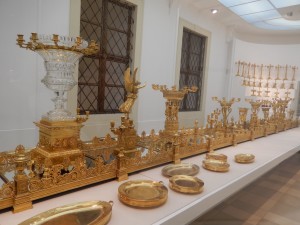
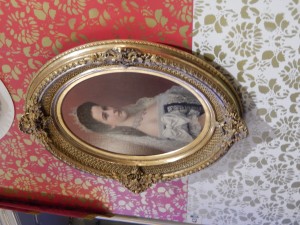
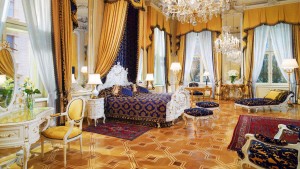
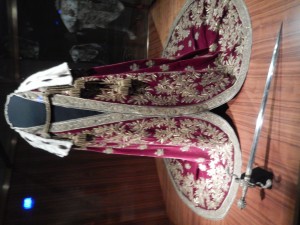
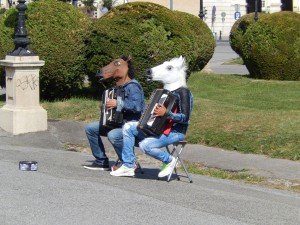
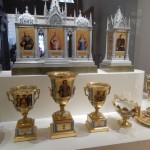


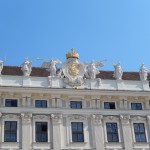
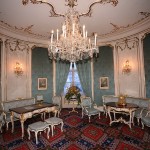
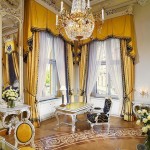



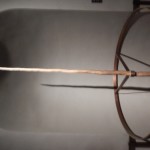

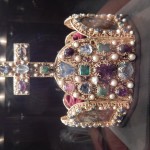
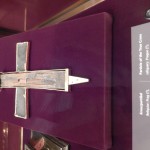
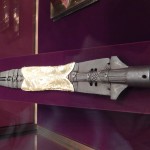

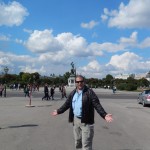
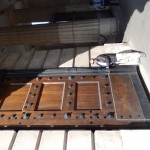

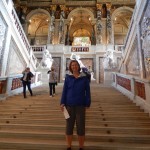
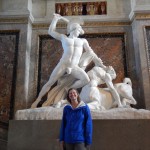
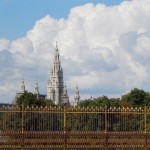
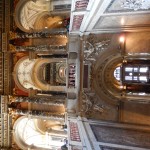
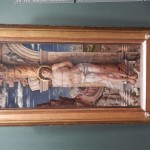

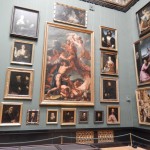


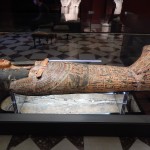
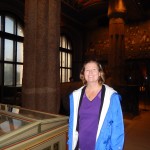
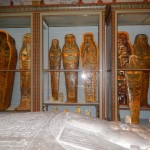
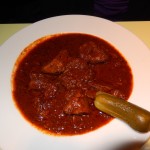

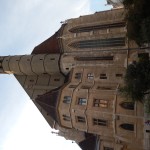
No Comments Yet